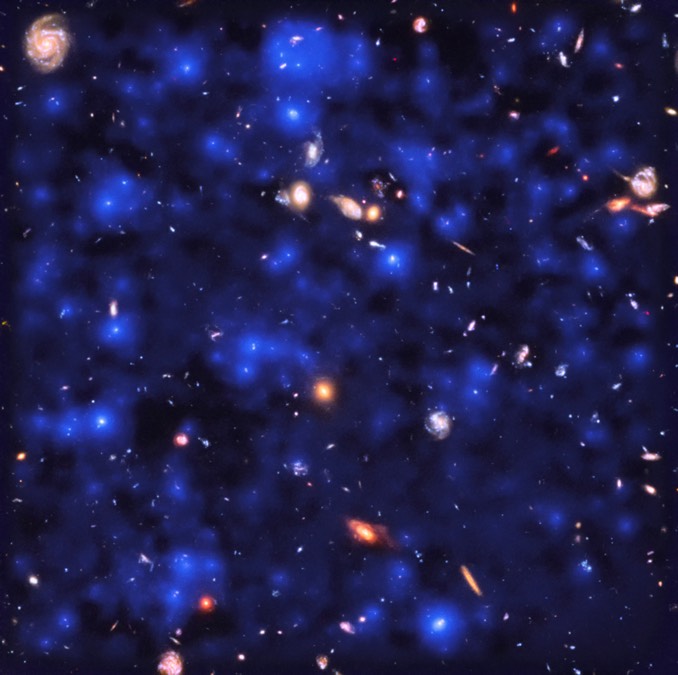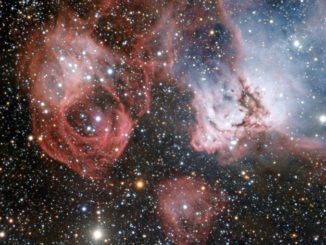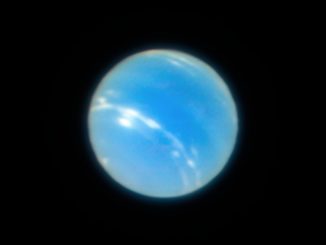
The Hubble Ultra Deep Field is an astonishingly deep look at a very small patch of sky in the constellation Fornax, a 270-hour observation made in 2004 that revealed thousands of galaxies, some seen shortly after their formation in the wake of the Big Bang.
Now, astronomers using the MUSE spectrograph on the European Southern Observatory’s Very Large Telescope have found vast clouds of atomic hydrogen surrounding many of those same galaxies, a discovery that indicates virtually the entire night sky shines with an invisible hydrogen glow.
“Realising that the whole sky glows in optical when observing the Lyman-alpha emission from distant clouds of hydrogen was a literally eye-opening surprise,” said Kasper Borello Schmidt, a member of the team of astronomers behind this result.
Team member Themiya Nanayakkara put it like this: “Next time you look at the moonless night sky and see the stars, imagine the unseen glow of hydrogen: the first building block of the universe, illuminating the whole night sky.”
Lyman-alpha emissions are generated when electrons in atomic hydrogen drop to the lowest allowable energy state, producing ultraviolet radiation that is invisible to the human eye but within the range of ESO’s MUSE spectrograph
The European Southern Observatory assembled a composite image showing the Lyman-alpha emissions superimposed on the Hubble Ultra Deep Field image.
Philipp Richter, another member of the team, said the MUSE observations provide “a completely new view on the diffuse gas ‘cocoons’ that surround galaxies in the early Universe.”
It is not yet clear what process is responsible for the hydrogen emissions in the



